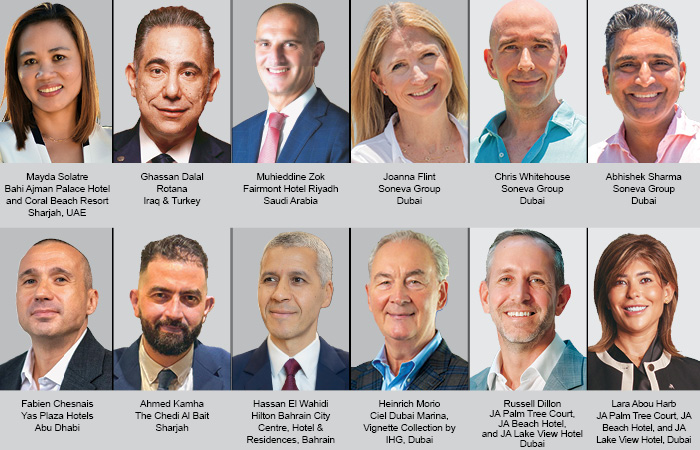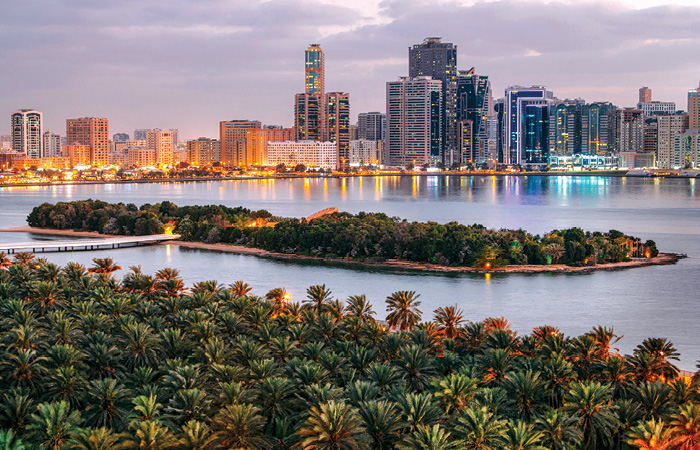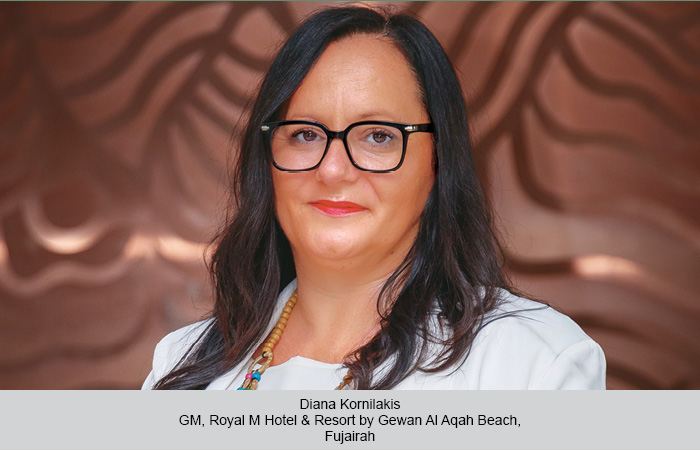Entrepreneur Roman Ziemian explores the critical role artificial intelligence plays in shaping a sustainable transportation.
As someone deeply invested in both technology and transportation, I am constantly inspired by the UAE’s forward-thinking approach to building a sustainable future. The UAE is not only positioning itself as a leader in innovation but is actively using technology to address environmental challenges, with sustainable transportation as one of the core focus areas.
The rise of artificial intelligence (AI) is fundamentally reshaping how we approach these goals, presenting new opportunities to enhance efficiency, reduce environmental impact, and transform how we move. For entrepreneurs, technologists, and leaders like myself, it’s an exciting time to witness and contribute to this transformation.
The UAE’s vision for sustainability
Over the years, the UAE has demonstrated a commitment to sustainability that goes far beyond words. Initiatives such as the UAE Net Zero by 2050 Strategic Initiative underscore the country’s determination to achieve a cleaner, greener future.
The role of AI in achieving these goals cannot be understated. From autonomous vehicles to intelligent traffic systems and optimised public transport, AI is becoming a cornerstone in the UAE’s transportation landscape. It offers a toolkit that enables us to reimagine transportation in a way that benefits both the environment and the economy.
Autonomous vehicles: a game changer for the future
Autonomous vehicles (AVs) are one of the most exciting applications of AI in sustainable transportation. By reducing the need for human drivers, AVs can make transportation safer, more efficient, and ultimately more sustainable.
In a place as dynamic and fast-paced as the UAE, AVs promise a smoother flow of people and goods, saving time and reducing stress on the roads. They also bring the potential for reduced air pollution, a crucial factor as we consider the well-being of the growing urban population. The integration of AVs is not only a technological advancement but a clear example of how the UAE uses AI to shape a sustainable, efficient transportation future.
Intelligent traffic management: reducing congestion and emissions
Traffic congestion is a familiar challenge in urban centres worldwide, and the UAE is no exception. AI-driven traffic management systems are making it possible to address this issue in real-time. By using data from road sensors, GPS systems, and cameras, AI algorithms can monitor and predict traffic flow, adjusting traffic signals dynamically to ease congestion.
This approach not only reduces the time spent idling in traffic, a major source of emissions but also improves fuel efficiency across the network.
Dubai’s Roads and Transport Authority (RTA) has already adopted AI to improve the efficiency of traffic systems, and the results have been impressive. Imagine a city where AI is managing the flow of vehicles seamlessly, reducing the stress on roads and making journeys faster. Fewer traffic jams mean a higher quality of life, and for the environment, it means fewer emissions.
AI in public transportation: making mass transit the smart choice
Public transportation is a key aspect of sustainable urban living, and AI plays a vital role in making it more appealing and efficient. By analysing ridership data and traffic patterns, AI enables transit authorities to optimise routes, predict peak usage times, and improve service reliability. This means more convenient, on-time journeys for passengers and more efficient operations for service providers.
In cities like Dubai, where the metro and tram networks are already popular, integrating AI can enhance the user experience and encourage more people to use public transportation instead of personal vehicles. When we make public transit more efficient and user-friendly, we reduce the number of cars on the road, leading to lower emissions and less traffic congestion.
Electric vehicles and AI-driven charging networks
Electric vehicles (EVs) are another pillar of sustainable transportation, and the UAE has been a strong supporter of EV adoption. AI is helping to create smarter, more efficient charging networks by predicting when and where demand will be highest. This means EV owners can find charging stations more easily, reducing range anxiety and making EVs a more practical choice.
The UAE’s focus on EV infrastructure, supported by AI, creates a more sustainable energy network, one that can grow in tandem with the rise of clean energy sources. As we move toward a more electrified transport ecosystem, AI-driven solutions will play a crucial role in managing energy demand, predicting usage patterns, and integrating renewable energy into charging networks.
The role of AI in logistics and freight transportation
Transportation isn’t just about moving people; it’s also about moving goods. Logistics and freight are essential to the UAE’s economy, and AI is helping to make this sector more sustainable. By optimising routes, predicting demand, and managing inventory more efficiently, AI can reduce the environmental impact of shipping and distribution. When logistics companies can transport goods with fewer trucks on the road and fewer emissions, everyone benefits.
By embracing AI in logistics, we’re not only improving efficiency but also reducing the carbon footprint of our supply chain, making a positive contribution to global sustainability.
A vision for the future
The role of AI in sustainable transportation is clear: it’s a powerful tool that enables us to create efficient, eco-friendly solutions for today’s challenges. In the UAE, where sustainability is woven into the national vision, AI-driven transportation systems will be integral to achieving these goals. As we look ahead, the possibilities are both exciting and profound.
For those of us in business, technology, and sustainability, this is an invitation to be part of something transformative. By embracing AI and supporting sustainable transportation initiatives, we’re not only contributing to a cleaner planet but also helping to build a future where technology and nature can coexist in harmony.
 TravTalk Middle East Online Magazine
TravTalk Middle East Online Magazine





